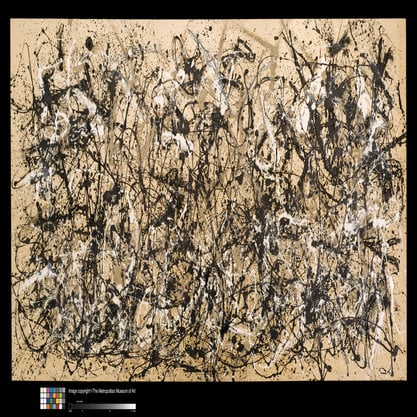Article
Expressionism By Andrew, Nell; Jordan, Sharon; Głuchowska, Lidia; Poppelreuter, Tanja
Article
Expressionism was one of the foremost modernist movements to emerge in Europe in the early years of the twentieth-century. It had a profound effect on the visual arts, as well as on music, dance, drama, literature, poetry, and cinema. Rather than depict physical reality, Expressionism developed as a reaction against the prevailing interest in positivism, naturalism, and Impressionism, as artists who were heavily influenced by the work of Edvard Munch and Vincent Van Gogh sought to explore subjective content, finding the visual means to fully evoke or express an emotion, mood, or idea through their artwork.
Expressionism’s theoretical underpinnings reside in Friedrich Nietzsche’s (1844-1900) philosophy and in Wilhelm Worringer’s (1881-1965) Abstraktion und Einfühlung (Abstraction and Empathy, 1908). In expressionist works, emotions and tensions were depicted with the help of symbolic color and lines in the belief that both carry their own innate expressive meaning and have psychological and spiritual effects—a strand of thinking pursued by Wassily Kandinsky (1866-1944) in his 1911 book Concerning the Spiritual in Art (Gordon, 1987).




